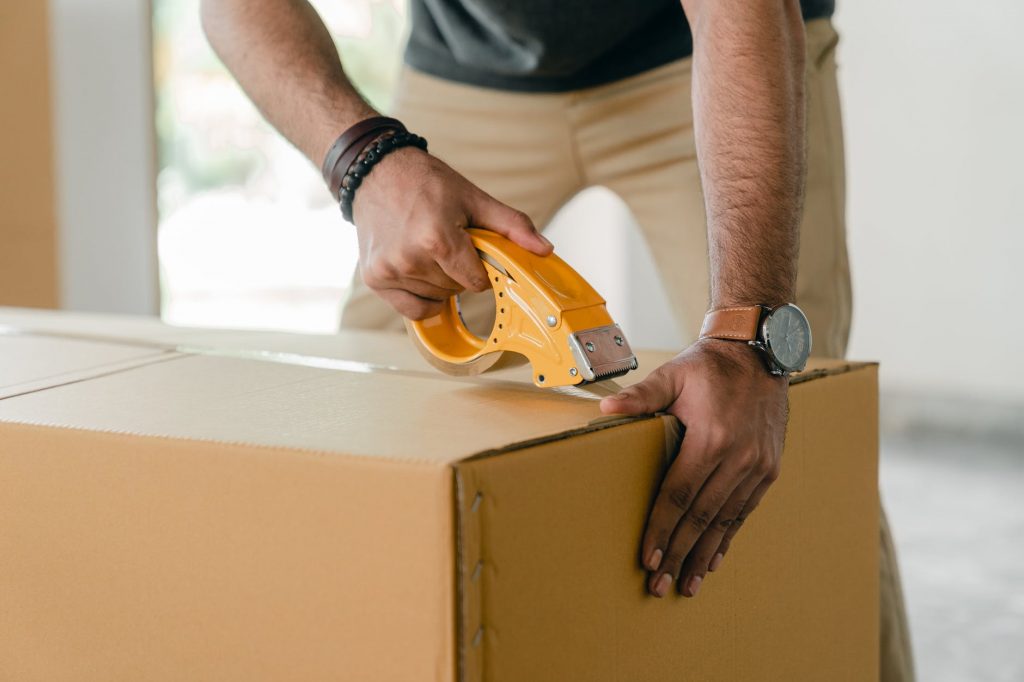
If you go online and purchase an item while online shopping, you probably don’t even realize how many different people work together to get that product to your front door. From the supplier who provides the materials to the manufacturer who puts it together to the distributor who sends it where it’s going, there are a lot of steps in order for you to get your package. This is known as the supply chain. All the information, individuals, and resources organized together are what makes commerce work as effectively as it does.
While the supply chain has been working well for decades, there is always room for improvement. As we move more deeply into the digital age, there are new developments in design, production, and packaging that continue to expand supply chain capabilities. Automation has decreased labor costs and helped with efficiency within manufacturing plants, distribution trucks, and online interactions. From new packaging equipment to customizable digital platforms, there are so many new developments that allow you to get high-quality items in no time. Let’s take a look at a few production and packaging changes that have led to improvements in the supply chain.
Make packaging easier with automatic case erectors.
The packaging line can be one of the most tedious parts of manufacturing. You’ve finally made this great product, and now you have to wait for a case packer or box erector just so you can ship it somewhere. Luckily, new developments have led to an automatic case erector machine. These tools automatically build and seal your square cases and cartons, of any carton size, with little need for a changeover. This takes a once tedious job and makes it fast and easy.
Get and retain better talent.
Working in manufacturing or distribution has not always been the most glamorous jobs. However, companies like Fat J (or Find a Trucker Job) have made a point of finding the best talent and retaining great drivers and team members. Developments in recruitment technology are attracting better workers to packaging and production jobs. This means companies can take on a heavier workload and accomplish new, exciting goals.
Tracking software helps accountability and organization.
Remember twenty years ago when you sent a package to New York, Los Angeles, or anywhere else in the U.S. and just hoped it arrived on time? Now, you have the ability to track every package you buy or send. If you order something online, you can see exactly where it is as it makes its way to you. Tracking software like RDFI chips and other technology are some of the biggest developments in supply chain management. When a customer can see where a package is and when, it makes the supplier and manufacturer more accountable that it arrives on time. Overall, this leads to better organization for everyone.
Customer data management has come a long way.
Production and manufacturing businesses used to just make products and hope people bought them. But with all the customer data management software that is used today, that isn’t enough to keep gaining customers. New marketing strategies and proactive designs are allowing supply chains to reach customers like never before. They can actually track target audiences and find ways to appeal to a loyal base. The supply chain is dealing with marketing and configuration rather than just producing general products and hoping for the best.
Digital customization is everywhere.
Another big adjustment in today’s supply chain industry is the need for customization. With several different products, customers can choose customization on digital platforms, and then the manufacturer has to deliver. Price and configuration software has made this a breeze for consumers and providers. This means you can get exactly what you want without any hassle. It’s opened the door to many new and exciting options for customers and manufacturers alike.
